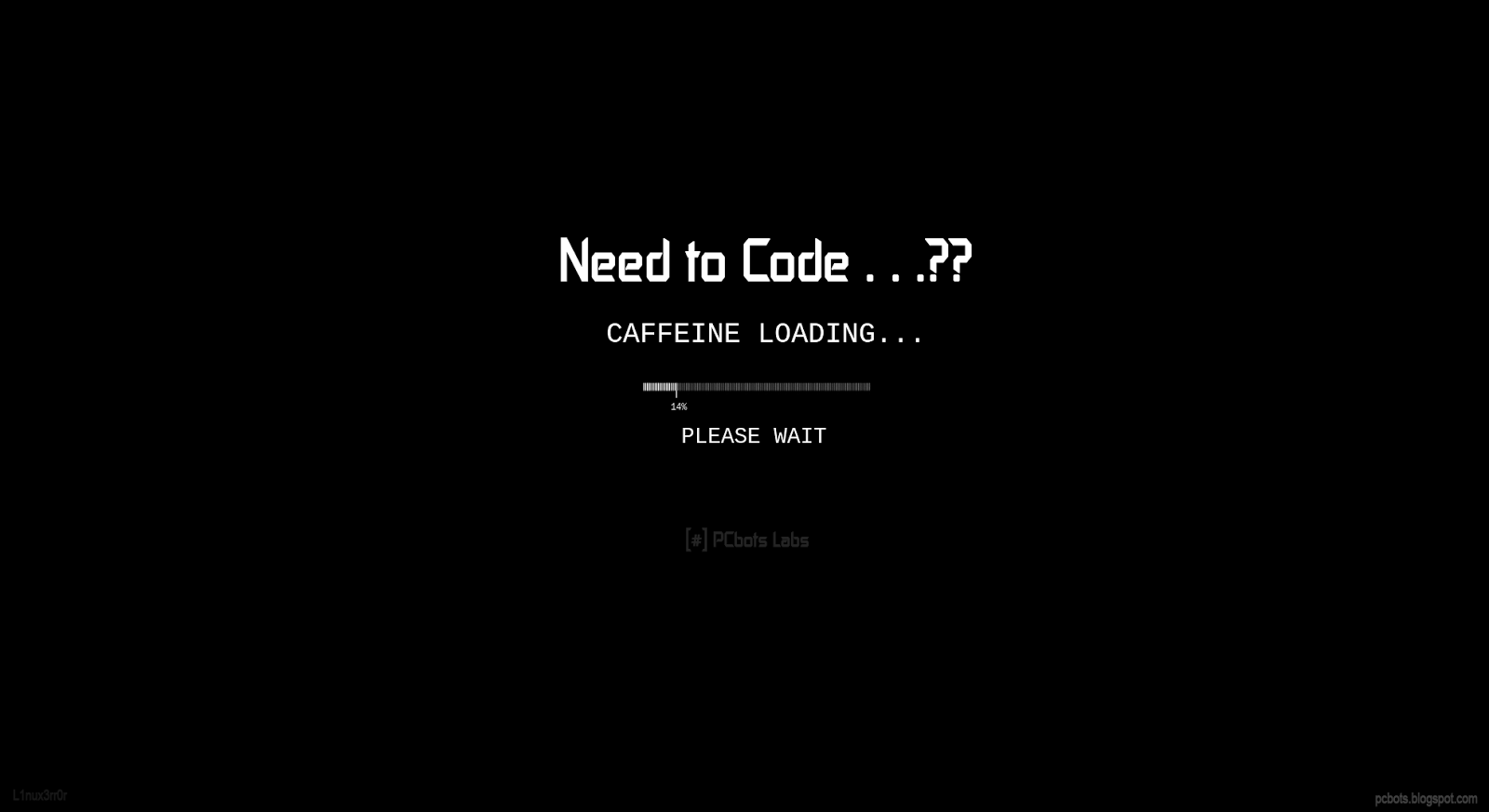


They don’t apply to all categories of diagnosis codes. For example, if data showed a high incidence of injury due to motorcycle accidents in a particular region, local leaders could develop a more aggressive approach to motorcycle safety education.Ģ.
CODE FOR TAKE AS NEEDED CODE
Per the ICD-10-CM Official Guidelines for Coding and Reporting, “Unless a provider is subject to a state-based external cause code reporting mandate or these codes are required by a particular payer, reporting of ICD-10-CM codes in Chapter 20, External Causes of Morbidity, is not required.” However, even though there’s no national requirement forcing providers to report external cause codes, the coding guidelines strongly encourage medical professionals to do so anyway because the codes “provide valuable data for injury research and evaluation of injury prevention strategies.” And as this article points out, such data could provide the necessary impetus for preventative action. They are not mandatory-at least, not in most cases. So, without further ado, here’s the rundown on what’s really going on with external cause codes. But while these supplementary codes certainly offer a dose of comic relief-and an endless supply of hilarious blog fodder (if we do say so ourselves)-they’ve also elicited more than a few questions. So naturally, mainstream media coverage of ICD-10 has focused on some of the more, shall we say, entertaining features of the coding manual: namely, the external cause codes found in chapter 20. Let’s face it: the ICD-10 code set isn’t exactly the most enticing reading material.


 0 kommentar(er)
0 kommentar(er)
